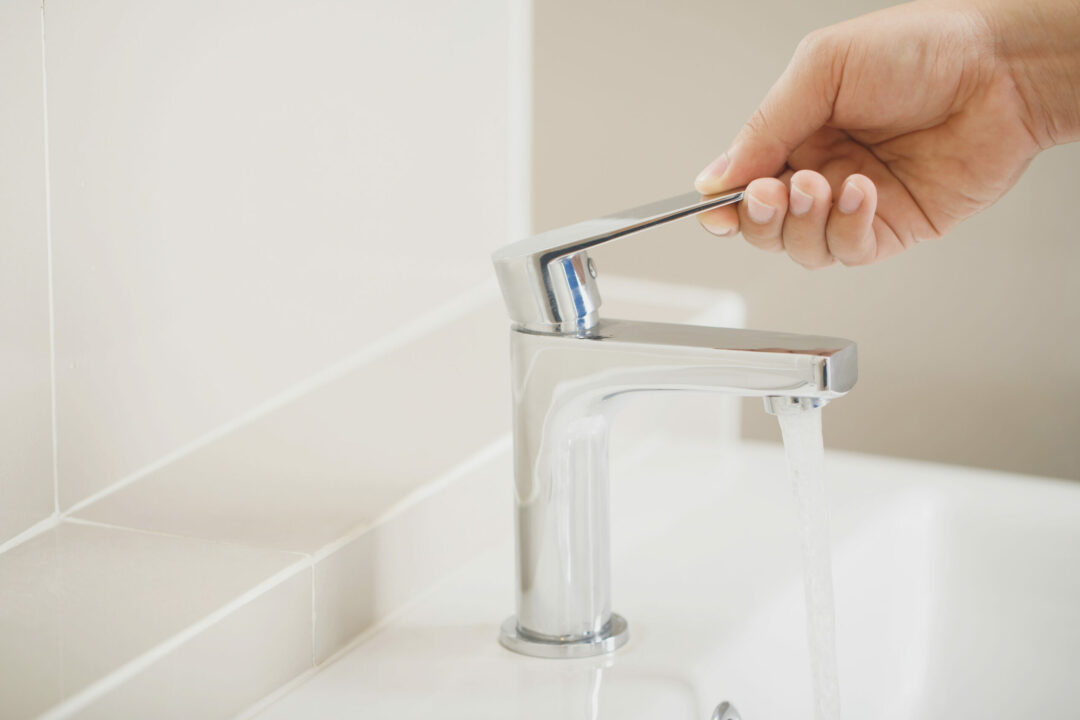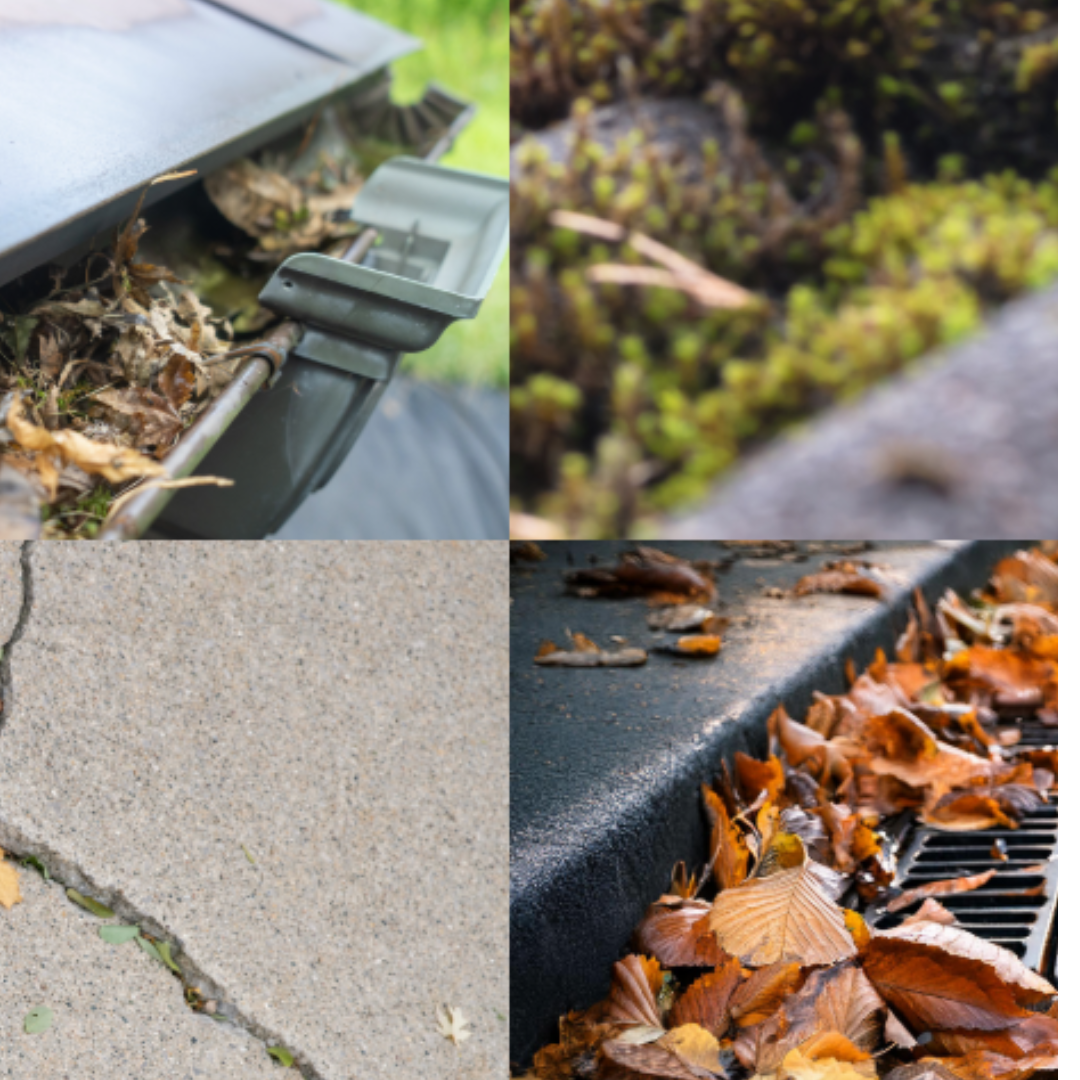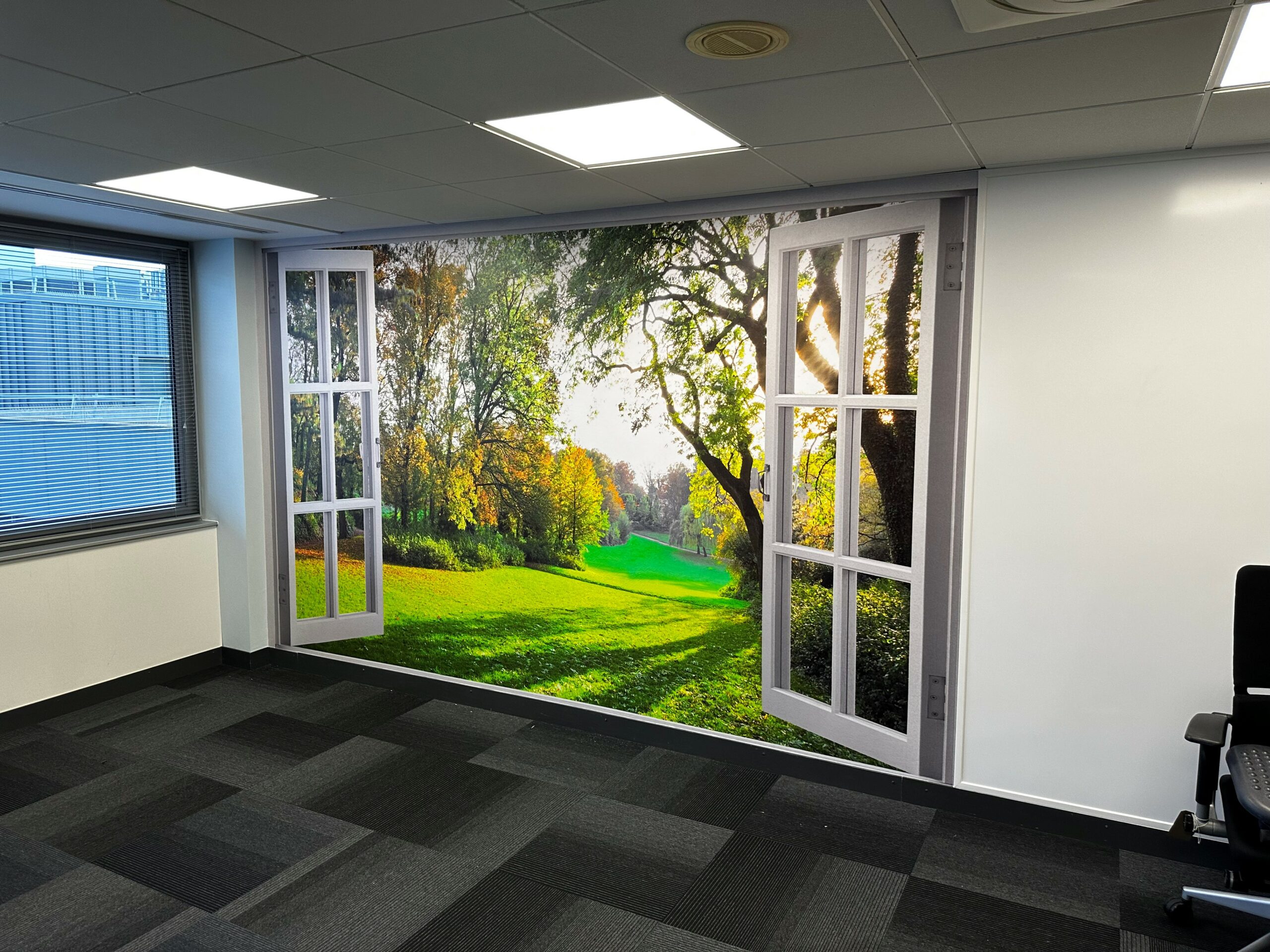Preventative Maintenance in Commercial Plumbing: Reducing Risk, Waste, and Disruption

Summary: Plumbing maintenance is not just leak fixes — it’s risk control for water quality, building fabric, and operational uptime. Below is the why, what, and how — with practical checkpoints and metrics facilities leaders can use immediately.
Why preventative plumbing maintenance matters
Commercial plumbing touches health, safety, hygiene, and continuity. Unmanaged systems drift into inefficiency (scale, biofilm, valve drift), then fail suddenly — often at peak occupancy.
Outcomes a robust plan supports:
- Water safety: Lower risk from stagnation, temperature non-compliance, and microbial growth.
- Asset protection: Prevents hidden leaks that damage structures and finishes.
- Operational continuity: Fewer reactive callouts and wet-work disruptions.
- Resource control: Reduced water and energy waste; predictable budgeting.
What good plumbing maintenance looks like
Think in three layers:
1) Routine tasks (high frequency, low disruption)
- Hygiene flushing (weekly): Flush little-used outlets until steady temperatures are reached (cold stays cold, hot reaches target). Include taps, showers, janitor sinks, and bib taps. Record results.
- Temperature & flow: Verify hot water reaches target temperature and cold stays suitably cool; check recirculation on secondary returns.
- Outlets & fixtures: Inspect taps, WCs, urinals, showers, and flush valves for leaks, drips, slow fill/flush, or poor spray patterns.
- Strainers & aerators: Clean to restore flow and reduce spray contamination.
- Visible leak checks: Ceilings, risers, plant rooms, cupboards, accessible pipework and trap seals.
- Water metres/sub-metres: Record readings; flag anomalies for investigation.
2) Planned inspections (diagnostic, scheduled)
- Valves & backflow: Exercise isolation valves; verify check/backflow devices; confirm critical valves are labelled and operable.
- Hot water plant: Inspect calorifiers/plate heat exchangers, expansion vessels, pumps, and controls; verify pasteurisation cycles where used.
- Cold water storage: Inspect tanks, lids, insect screens, insulation, and turnover; check for sediment and dead legs.
- Scale & corrosion: Assess kettling/noise, temperature drops across exchangers, and sample for hardness/chemistry where appropriate.
- Drainage & traps: Verify trap seals; test key floor drains; check interceptors and grease management.
- System flushing (commissioning/after works): Sectional flushing at velocity with safe discharge; remove and clean strainers; chemically clean if specified, then flush to safe residuals; verify clarity and design flow.
3) Predictive & data-led (targeted)
- Smart metering & alerts: Spot continuous flow (leaks), out-of-hours usage, abnormal spikes.
- Temperature trending: Log key return temperatures and outlet verification points; flag drift outside agreed bands.
- Condition indicators: Pressure decay tests in isolated sections; ultrasonic flow checks; thermal imaging on hot circuits.
A sensible cadence (aligned with UK guidance)
- Weekly: Hygiene flushing of low-use outlets; sentinel outlet temperature checks.
- Monthly: Leak surveys, sub-meter readings, visual inspections.
- Six-monthly: Storage tank inspections, TMV testing (healthcare mandatory; others risk-based), calorifier inspections, hot water plant servicing.
- Annual: Backflow device testing, comprehensive system inspection, calibration of key sensors/metres, update schematics and asset register.
(Adjust for building criticality, occupancy profile, water quality, and system age.)
Practical KPIs that actually help
Pick a small set and track trend, not perfection:
- Planned vs reactive ratio: Target >80% planned work hours.
- Water loss index: Baseline night flow; target step-downs after leak fixes.
- Outlet compliance rate: Percentage of outlets achieving target temps/flows.
- Flush-to-temp time: Track how long outlets take to achieve compliance.
- Time to isolate: Minutes from incident to safe isolation at the right valve.
- Repeat faults rate: Recurrence within 90 days by outlet or asset.
- Drainage health: Percentage of critical traps verified sealed; unplanned odour events per quarter.
- Documentation currency: Percentage of assets with current schematics/valve tags.
Water safety and hygiene: the non-negotiables
- Temperature management: Keep hot hot and cold cold; verify recirculation avoids tepid zones.
- Turnover: Identify rarely used outlets and flush weekly with a simple log.
- Storage hygiene: Keep tanks clean, insulated, secure, and sized for appropriate turnover.
- Mixing devices (TMVs): Test for failsafe and blending stability.
- Backflow protection: Ensure devices are correctly installed, accessible, and tested at sensible intervals.
Documentation that pays for itself
- Live schematics: As-built drawings showing mains, storage, hot water circuits, recirculation loops, sentinel points, valve locations.
- Valve schedule: Tag, location, function, normally open/closed, date last exercised.
- Asset register: Plant, TMVs, backflow devices, pumps, meters, heat exchangers — model, serial, age, criticality.
- Maintenance log: Tasks completed, findings, remedial actions with dates.
- Flushing log: Weekly hygiene flushes, commissioning flushes, remedial flushes with results.
- Change control: Record adjustments to setpoints or valves; revert if KPIs worsen.
Risk-based prioritisation
Rank assets by occupant risk, business impact, failure likelihood, and detection difficulty. Prioritise hot water generation and recirculation systems, storage tanks, TMVs in sensitive areas, backflow on high-hazard connections, and any area with historical leaks or difficult access.
Common failure patterns (and early signs)
- Silent leaks: Unexplained night flow, damp patches, meter creep.
- Valve seizure: Isolations stuck; often exposed during shutdowns.
- Recirculation imbalance: Hot returns cooling at extremities; “lukewarm in the morning” complaints.
- TMV drift: Blended temperatures creeping or slow response.
- Tank hygiene issues: Sediment, damaged lids or vents, odour/discolouration.
- Drainage failures: Dry traps in low-use areas; intermittent odours.
Quick self-audit
- Do we have current schematics and a valve schedule — and can we isolate any zone in minutes?
- What’s our baseline night flow, and has it improved after recent works?
- Are sentinel outlet temperatures consistently compliant, year-round?
- Which three plumbing risks would hurt us most next month, and what’s our mitigation?
- Is more than 80% of plumbing work planned, not reactive?
Takeaway
Preventative plumbing maintenance is health, safety, and resilience in action. Flushing is central to this — not a side task. Focus on cadence, meaningful KPIs, current documentation, and risk-based priorities. The result: safer water, fewer surprises, and a building that quietly does its job even on the busiest days.

